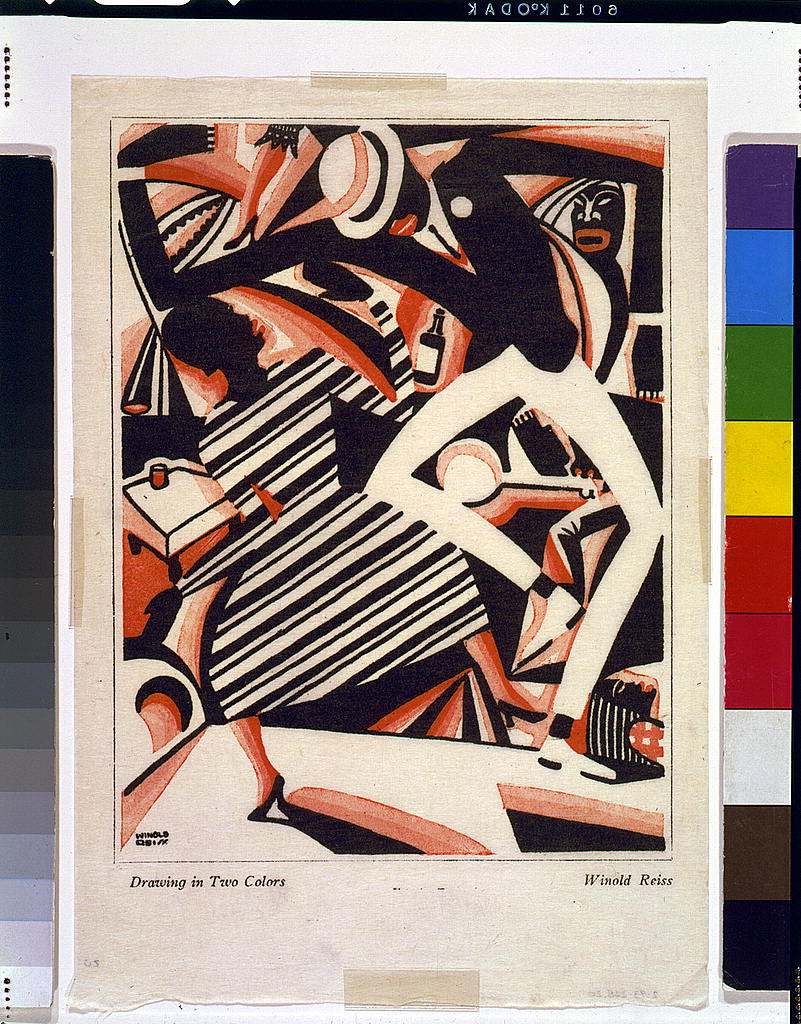
Jazz in Czechoslovakia was inspired, experimental, and popular. It was also subversive. The Nazis attempted to regulate jazz, and the communists suppressed it. Jazz threatened basic principles of the totalitarian powers: it was hyper-individualistic, improvisational, and innovative. Josef Skvorecky detailed this in “Red Music,” from Talkin’ Moscow Blues:
When the lives of individuals and communities are controlled by powers that themselves remain uncontrolled … then creative energy becomes a protest. The consumptive clerk of a working-man’s insurance company (whose heart had reportedly been moved by the plight of his employer’s beleaguered clients) undergoes a sudden metamorphosis to become a threat to closely guarded socialism. Why? Because the visions in his Castle, his Trial, his Amerika are made up of too little paper and too much real life, albeit in the guise of non-realist literature. That is the way it is. How else explain the fact that so many titles on Senator Joe McCarthy’s index of books to be removed from the shelves of U.S. Information Libraries abroad are identical to many on the one issued in Prague by the Communist party early in the seventies? Totalitarian ideologists don’t like real life (other people’s), because it cannot be totally controlled; they loathe art, the product of a yearning for life, because that too evades control—if controlled and legislated, it perishes. But before it perishes—or when it finds refuge in some kind of samizdat underground—art, willy-nilly, becomes protest. Popular mass art, like jazz, becomes mass protest. That’s why the ideological guns and sometimes even the police guns of all dictatorships are aimed at the men with the horns.
Art attempts to reflect certain truths of life. When those truths conflict with a regime that demands reality conform to ideology, it is intolerable and “a crime against really-existing socialism.”* Outbursts such as the John Lennon Wall in Prague or the Hill of Crosses in Lithuania are art, but they are an expression of an authentic sphere in life against the official lie about reality. They’re antithetical to the Lenin, Marx, and Stalin statues that crept over the continent. Those stood as reminders of the state, symbols of raw power: this is reality, here is the line, and you shall not cross it.
The first jazz club, Reduta, was established in Prague in 1957. The Prague International Jazz Festival started in 1964, and musicians formed a Jazz Section in the Czechoslovak Musician’s Union in 1971. The communists cracked down on the section in the 1980s, disbanding it in 1984 and convicting five of its leaders in 1987. Regardless of attempts to exert control, jazz remains. The statues of Lenin, Marx, and Stalin do not. By rejecting accepted ideology and power, jazz threatened it and was threatened by it. In those circumstances, art cannot avoid politicization. As the personal becomes political, we can lose the personal to get along, or embrace authenticity through art. The totalitarian aspect of communism that could not admit a private sphere of life could never tolerate a difference of opinion. Without the right of the individual to stand alone, or the community to order itself, differences of opinion becomes class warfare.
James Padilioni Jr., writing on the origin of jazz, noted that the Ladies’ Home Journal in 1921 warned that jazz was an “expression of protest against law and order.” Indeed. In Czechoslovakia, it was an expression in the best way: against a deadly farce that proclaimed men to be law and suppression to be order.
*Skvorecky in”Hipness at Noon.”
